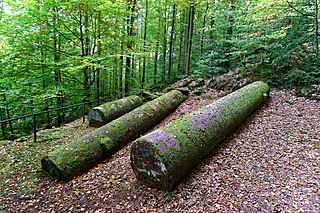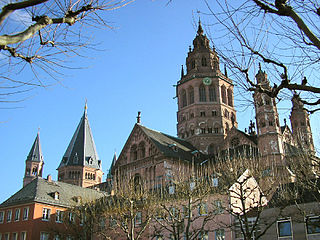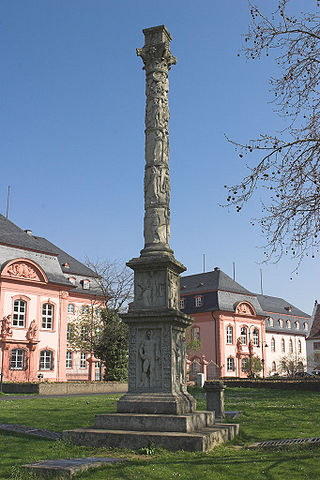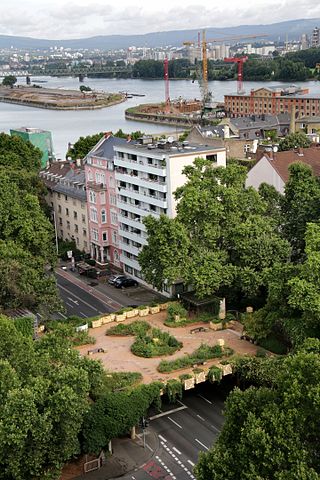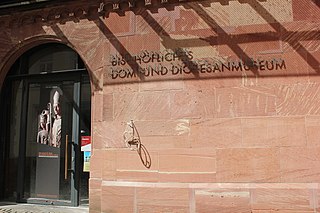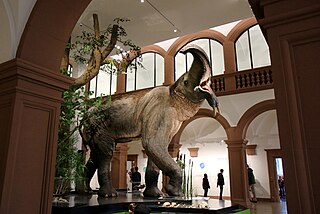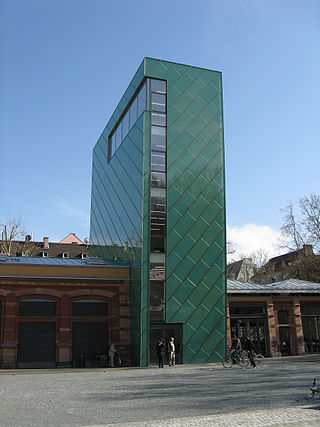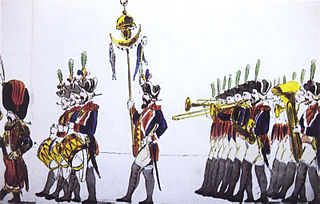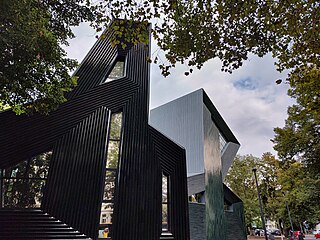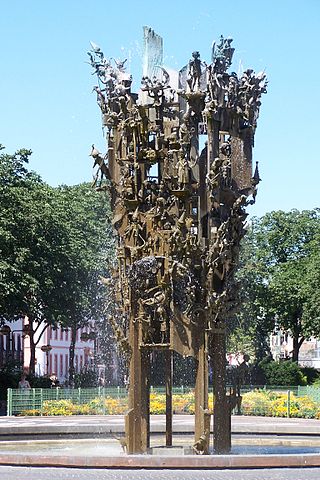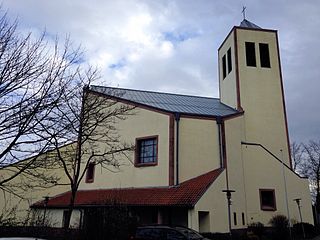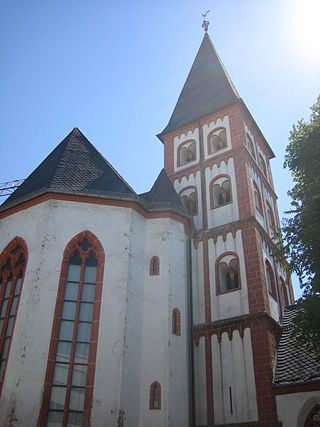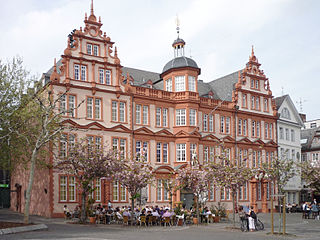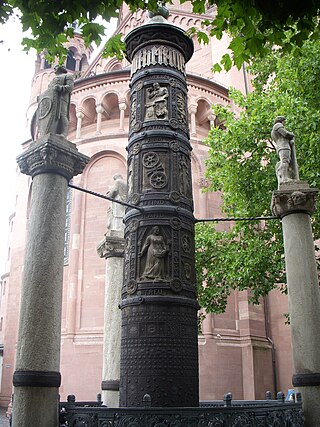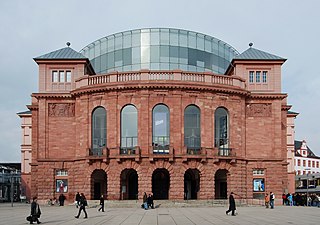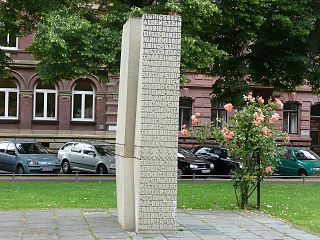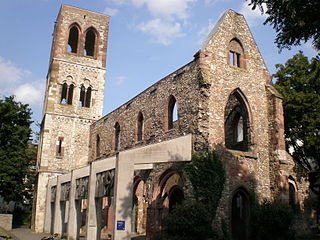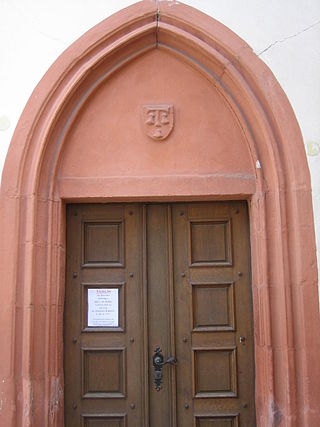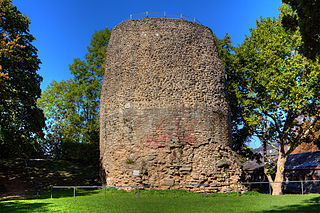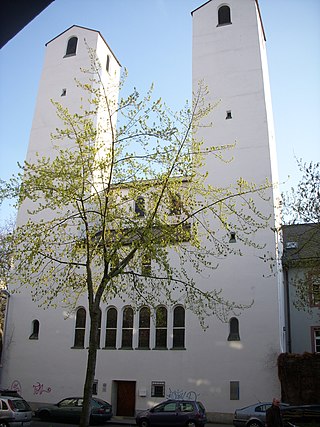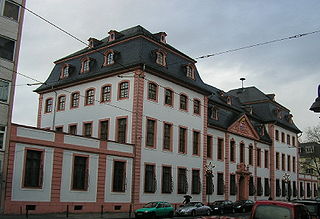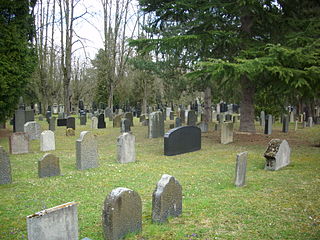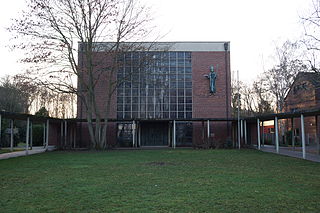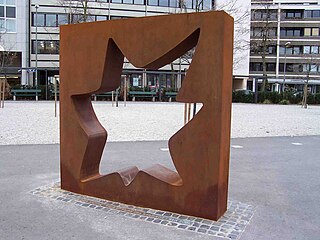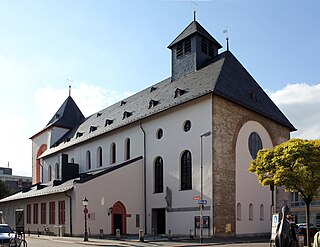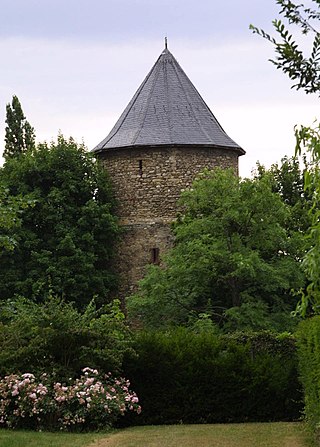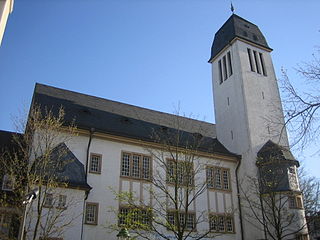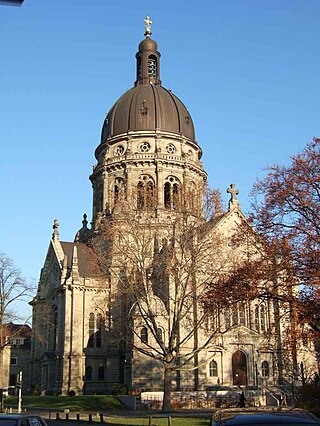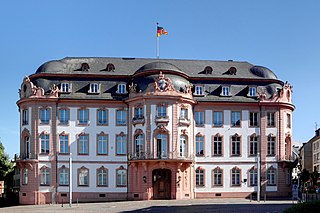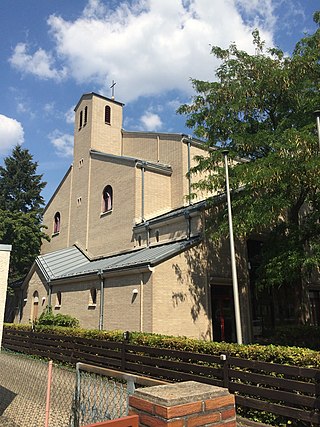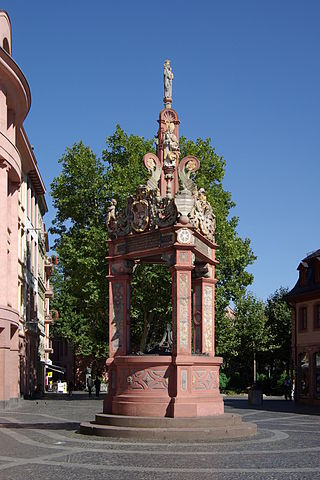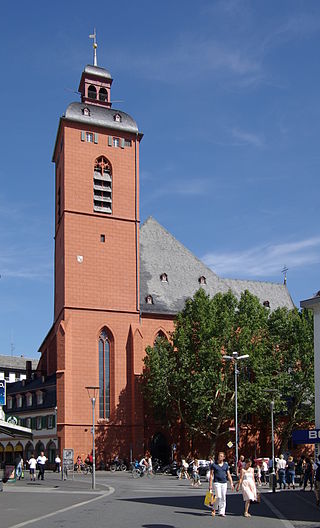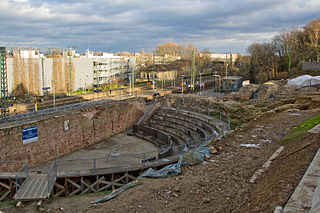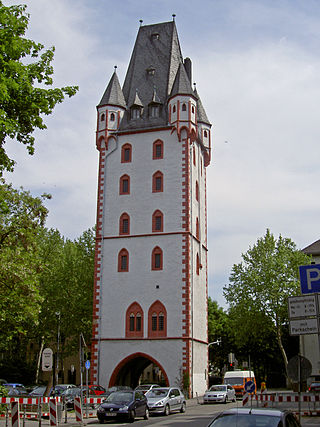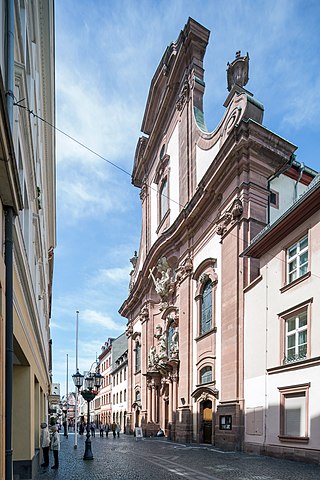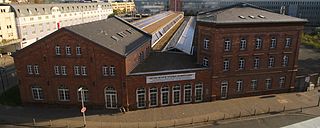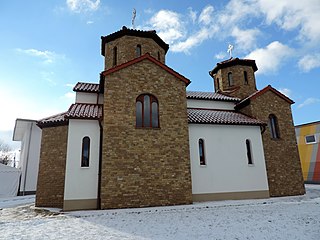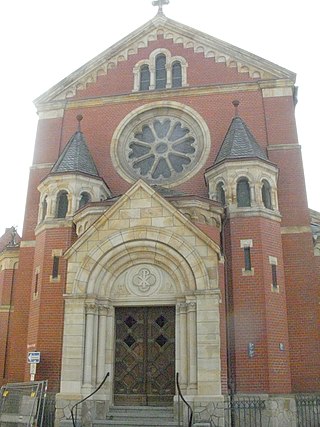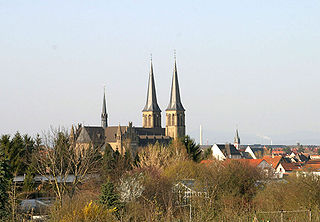57 Sights in Mainz, Germany (with Map and Images)
Legend
Premium Sights
Book tickets, guided tours and activities in Mainz.
Guided Free Walking Tours
Book free guided walking tours in Mainz.
Welcome to your journey through the most beautiful sights in Mainz, Germany! Whether you want to discover the city's historical treasures or experience its modern highlights, you'll find everything your heart desires here. Be inspired by our selection and plan your unforgettable adventure in Mainz. Dive into the diversity of this fascinating city and discover everything it has to offer.
Sightseeing Tours in MainzActivities in MainzThe Heunen columns, also known as the Heune columns, are round columns made of sandstone, which were originally intended for the reconstruction of the Willigis Cathedral in Mainz, which burned down in 1009. They were probably completed in the 11th century out of anticipatory business acumen in a quarry in the Bullau Mountains near Miltenberg even before the order was placed. However, the client probably opted for other supports, so that the round columns were never needed. There are said to have been 42 of the columns at one time, in the 18th century there were still 14, around 1960 only eight are known.
2. Gotthardkapelle
Mainz Cathedral or St. Martin's Cathedral is located near the historical center and pedestrianized market square of the city of Mainz, Germany. This 1000-year-old Roman Catholic cathedral is the site of the episcopal see of the Bishop of Mainz.
3. Jupitersäule
The Great Mainz Jupiter Column is a civil monument erected in Mogontiacum in the second half of the first century in honor of the Roman god Jupiter. It is the oldest and largest as well as the most elaborate Jupiter column that has been found in the German-speaking world so far. The Great Mainz Jupiter Column was the model for other Jupiter Columns, especially built in the second and third centuries, in the Roman provinces of Germania inferior (Lower Germania) and Germania superior (Upper Germania). It was destroyed in the late period of the Roman Empire and rediscovered in 1904/05. Today, the reconstructed remains can be seen in the stone hall of the State Museum in Mainz. Copies of the Great Mainz Jupiter Column can be found not only in Mainz itself, but also at the Saalburg Castle, in Saint-Germain-en-Laye and in Rome.
4. Grüne Brücke
The Green Bridge is a small art and natural landscape in Mainz-Neustadt that has existed since 1981 and was designed in 1977 by the environmental artist Dieter Magnus, who lived in Neustadt at the time. The planning civil engineer was Horst Waldmann. The Green Bridge has become a model for near-natural design in public spaces that has attracted much attention nationwide. Among other things, Dieter Magnus received the Federal Cross of Merit on Ribbon for this work in 2012.
5. Bischöfliches Dom- und Diözesanmuseum Mainz
The Episcopal Cathedral and Diocesan Museum in Mainz, founded in 1925, houses works of art from two millennia in its historic rooms – the Staufen vaulted halls, the two-storey late Gothic cloister and the former chapter houses – which once belonged to the furnishings of Mainz Cathedral or the churches of the diocese. In addition, there is the cathedral's treasury, which can be reached through the chapter rooms and is located in the former St. Nicholas Chapel from the late Gothic period.
6. Naturhistorisches Museum
The Natural History Museum Landessammlung für Naturkunde Rheinland-Pfalz (nhm) in Mainz is the largest museum of its kind in Rhineland-Palatinate. The focus of the exhibitions and collections is on the biosciences and geosciences in Rhineland-Palatinate and its partner country Rwanda. Since 1 August 2019, Bernd Herkner has been the director, succeeding Michael Schmitz.
7. Kunsthalle Mainz
The Kunsthalle Mainz is an exhibition center for contemporary art. It is located in the boiler and engine house in Mainz's customs port, which was planned by Eduard Kreyßig in 1887. The building was rebuilt in 2006 by the Mainz municipal utilities. The former energy centre of the Zollhafen has served as an art gallery since its opening on 1 March 2008.
8. Ranzengardist
The Mainz Ranzengarde was founded in 1837 by Johann Maria Kertell and is the oldest carnival corporation within the Mainz carnival. She therefore also bears the nickname "Mother of all Mainz Guards". In 1838, with the help of the Ranzengarde, the Mainz Carnival Association (MCV) was founded, which is the oldest carnival club in Mainz.
9. Neue Synagoge Mainz
The New Synagogue is a Jewish congregation, community center, and synagogue, located on Synagogenplatz, Mainz in the state of Rhineland-Palatinate, in Germany. The Modernist-styled building was erected in 2010, on the site of the former main synagogue, destroyed in 1938, on the Hindenburgstraße of Mainz Neustadt.
10. Fastnachtsbrunnen
The carnival fountain in Mainz is located on Schillerplatz on the corner of Schillerstraße and Ludwigsstraße. The monument is intended to symbolize the foolish season. After three years of construction, it was unveiled on January 14, 1967.
11. St. Franziskus
The parish church of St. Francis is a parish church in Mainz-Lerchenberg. It was built between 1982 and 1984 according to a design by the architects Hans Schilling and Peter Kulka. It was the last new church building in the city deaneries of Mainz and was consecrated by Bishop Karl Lehmann 17 years after the founding of the district in October 1984. Her parish of St. Francis belongs to the Mainz deanery of the Diocese of Mainz.
12. St. Emmeran
The Catholic parish church of Sankt Emmeran in Mainz was founded in the 8th century. The Gothic church building dates back to the 13th century. The church was badly damaged in the Second World War and rebuilt in the 1960s and 1970s. Today, St. Emmeran is home to the Italian parish of Mainz. Her parish belongs to the Mainz deanery of the Diocese of Mainz.
13. 117er Ehrenhof
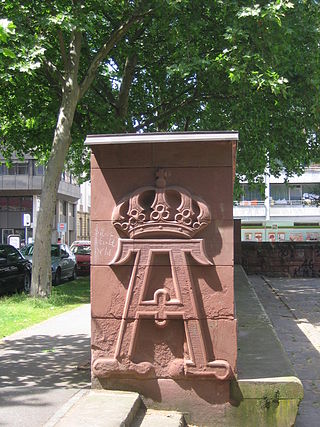
The 3rd Grand Duchy of Hesse Infantry Regiment No. 117 "Grand Duchess" was an infantry unit of the army of the Grand Duchy of Hesse and was placed under Prussian command following the Military Convention of 1867. It belonged to the Mainz garrison and was mainly stationed there until 1918.
Wikipedia: Infanterie-Leib-Regiment „Großherzogin“ (3. Großherzoglich Hessisches) Nr. 117 (DE)
14. Gutenberg-Museum
The Gutenberg Museum is one of the oldest museums of printing in the world, located opposite the cathedral in the old part of Mainz, Germany. It is named after Johannes Gutenberg, the inventor of printing from movable metal type in Western Europe. The collections include printing equipment and examples of printed materials from many cultures.
15. St. Ignaz
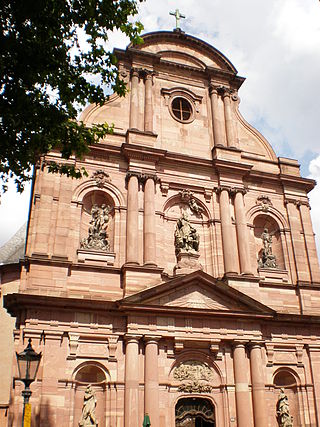
The Mainz parish church of St. Ignaz in Kapuzinerstraße is a classicist hall church. It was built between 1763 and 1774/75 under the Electoral Mainz architect and court plasterer Johann Peter Jäger. It is dedicated to the martyr and bishop of Antioch, Ignatius of Antioch, who died in 107 AD.
16. Nagelsäule
The Nail Column in Mainz is a column erected during the First World War on Liebfrauenplatz in front of the east side of Mainz Cathedral, which was created as part of a German propaganda and fundraising campaign as a war nailing.
17. Staatstheater Mainz - Großes Haus
The Staatstheater Mainz is a theatre in Mainz, Germany, which is owned and operated by the state of Rhineland-Palatinate. Situated on the Gutenbergplatz, the complex comprises two theatres which are connected by an underground passage and also by skywalk. Performances of opera, drama and ballet are presented. Its name was Stadttheater Mainz until 1989.
18. Mahnmal der Deutschen Einheit
The Memorial of German Unity, also known as the "Divided Germany" Memorial, as well as the "Memorial of the German East" after its inauguration and before reunification, was inaugurated on 16 June 1961 on Mainz's Fischtor-Platz on the occasion of the anniversary of the popular uprising in the former GDR on 17 June 1953 with the inscription "Germany is indivisible". It contains mostly the names of former German cities east of the Oder and Neisse rivers that were under Polish or Russian administration at the time, and of cities in the former German Democratic Republic.
19. Karmeliterkirche
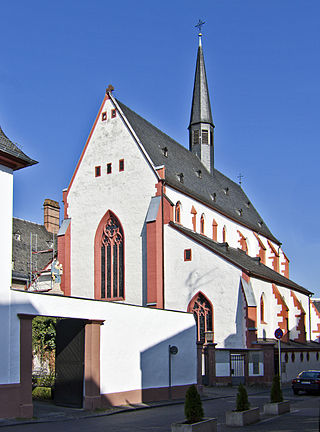
The Carmelite Church in Mainz is a listed Roman Catholic church. Since 1924 it has been used by the Carmelite mendicant order. The three-aisled Gothic basilica with turret is located in the old town at Karmeliterplatz 5.
20. St. Christoph
The church of St. Christoph in Mainz, known in German as St. Christoph zu Mainz, is an example of early gothic architecture. St. Christoph was originally built between 1240 and 1330. The church is associated with Johannes Gutenberg, who may have been baptised there.
21. Antoniuskapelle
The Antonite Chapel and the Antonite House in Mainz were built in the 14th century as the Antonihof. The site on the outskirts of early medieval Mainz lay fallow for a long time after the Isis cult was no longer practiced in the sanctuary of Isis and Mater Magna towards the end of the 3rd century AD. In the middle to the end of the 13th and 14th centuries, when Mainz was a free city, many monasteries were built in Mainz, the churches of which can still be seen today. The Augustinian hermit monastery, the Augustinian monastery (1260), the Carmelite monastery (1290), the charterhouse behind the monastery of St. Alban near Mainz (1330) and the monastery of the Antonites, later Armklara.
22. Drususstein
The Drususstein is a nearly 20 metres high masonry block of Roman origin on the grounds of the citadel of Mainz, Germany. It was originally cased in marble. Researchers now largely accept that this is the structural remnant of the cenotaph mentioned by writers such as Eutropius and Suetonius, erected in 9 BC by Roman troops in honour of the deceased general Drusus, in Mogontiacum.
23. Altmünsterkirche
The Altmünster Church in the old town of Mainz is a Protestant church whose origins go back to the Altmünster Abbey, which was founded as early as the 8th century. The church was first made available to a Protestant congregation in 1802 by the French prefect Jeanbon St. André. After it was destroyed in the Second World War, the church building was rebuilt at the end of the 1950s and reconsecrated in 1960. Today, the Altmünster Church is the fourth Protestant church among Mainz's inner city congregations, along with the Christuskirche, the Pauluskirche and the Johanniskirche. It is also used by the Mainz congregation of the Armenian Apostolic Church.
24. Erthaler Hof
The Erthaler Hof is an aristocratic court in Mainz, Germany. It was built as a family residence there by the Mainz bailiff in Lohr am Main, Philipp Christoph von und zu Erthal. He belonged to the Elfershausen line of the von Erthal family, who came from Franconia. As a cavalier architect and court councillor of the Electorate of Mainz, he was also responsible for the design. The execution was in the hands of Johann Michael Schmitt and Franz Anton Hermann. Construction began in 1734 and was completed in 1739. At the end of 1739, the widower Philipp Christoph moved into the Erthaler Hof with his children, before his first wife Eva Maria died in Lohr after their tenth child. It thus joins the group of baroque aristocratic courts such as the Schönborner Hof, the Bassenheimer Hof and the Osteiner Hof around Schillerplatz.
25. Jüdischer Friedhof
The Mainz Jewish Cemetery is located in the Oberstadt district of Mainz, the capital of Rhineland-Palatinate, Germany. The Jewish cemetery borders to the south of the general municipal cemetery, the main cemetery, on Zahlbacher Straße/Xaveriusweg. The Jewish cemetery and the mourning hall of 207.21 ares are now designated as cultural monuments and combined in the "Jewish Cemetery" monument zone.
26. St. Rabanus Maurus
St. Rabanus Maurus is a Catholic church in the Mainz district of Hartenberg, dedicated to the Archbishop of Mainz, Rabanus Maurus. Together with the parish of St. John Evangelist in Münchfeld, it is one of two places of worship in the parish of Don Bosco.
27. Sterne der Satire – Walk of Fame des Kabaretts
The Walk of Fame of Cabaret is a sidewalk between Proviant-Magazin and Schönborner Hof in Mainz, Germany, which is embedded with more than 40 seven-pointed irregularly shaped stars featuring the names of cabaret celebrities selected by a group of experts and honored by several sponsors for their contributions to the cabaret culture.
28. St. Bonifaz
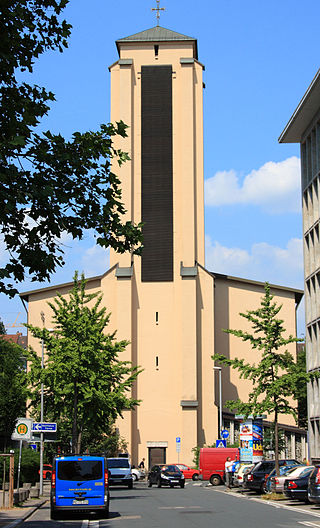
The parish church of St. Bonifaz in Mainz's Neustadt at the foot of the Bonifazius Towers named after it is the center of the Roman Catholic parish of St. Bonifaz in the Mainz-City pastoral area of the Rheinhessen region of the Diocese of Mainz.
29. St. Johannis
St. John's Church is located beneath Mainz Cathedral in the historical center of Mainz, Germany. This 1100-year-old church was the first episcopal see of the Bishop of Mainz. It is the oldest church in Mainz, the oldest cathedral in the Germany of today and the only preserved cathedral building from late Carolingian and early Ottonian time in Germany.
30. Alexanderturm
The Alexander Tower in Mainz is a late medieval city tower from the 15th century. The Alexander Tower stands on the foundation of a round tower of the Roman city wall from the 4th century. Together with the wooden tower and the iron tower, it is one of the three city towers of the Mainz city wall that still exist today. Today, the Alexander Tower is located on the private grounds of the Kupferberg sparkling wine cellar on the Kästrich in Mainz and is not open to the public.
31. Friedenskirche
The Protestant Church of Peace is located on Pestalozziplatz in the heart of Mainz-Mombach. The listed church was built between 1910 and 1911 in the neoclassical Art Nouveau style. The Church of Peace was built with the help of the Gustav-Adolf-Werk in a series of churches of this foundation; it has survived the destruction of the war.
32. Gautor
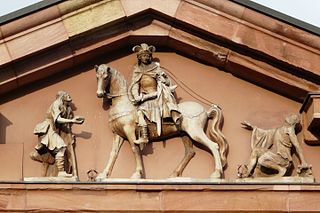
The Gautor in Mainz was part of the fortress ring around the city that was laid out in the 1650s. The gate was one of the most important entrances to Mainz and was not demolished until 1896. In 1998, the surviving façade of the outer side of the Gautor was re-erected near the original location.
33. Bahnhofplatz
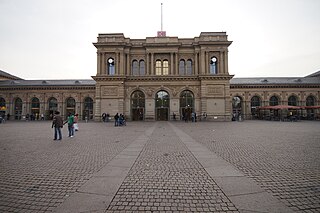
The Bahnhofplatz of Mainz Central Station is an important square in Mainz-Neustadt in terms of urban development and history. The square is designated as a monument zone and the buildings containing and adjacent buildings as cultural monuments.
34. Christuskirche
The Christuskirche is a Protestant church located in Mainz. The Christuskirche was built between 1896 and 1903 designed by Eduard Kreyßig. It was consecrated on 2 July 1903. After demolition during the bombing of Mainz in World War II the church was reconstructed between 1952 and 1954. The congregation forms part of the Protestant Church in Hesse and Nassau.
35. Osteiner Hof
The Osteiner Hof is one of several Baroque-era palatial mansions along Schillerplatz square in the German city of Mainz. The mansion, along the southern edge of the square, was built in 1747-1752 by architect-soldier Johann Valentin Thomann for Franz Wolfgang Damian von Ostein, brother of Johann Friedrich Karl von Ostein, who was prince-bishop of Mainz at that time.
36. Sankt Bernhard
St. Bernard is a Catholic church dedicated to Bernard of Clairvaux in the Mainz district of Mainz-Bretzenheim. Together with the parishes of St. Achatius, St. Georg and St. Stephan (Mainz-Marienborn), it is one of four places of worship of the Zaybachtal parish group.
37. Sankt Laurentius
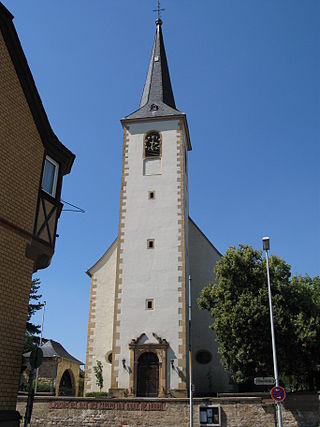
The Catholic Church of St. Lawrence was first mentioned in 1184 in a bull from Pope Lucius III to the monastery of St. Alban. At that time, Ebersheim was transferred to the monastery as a joint property.
38. Alte Universität
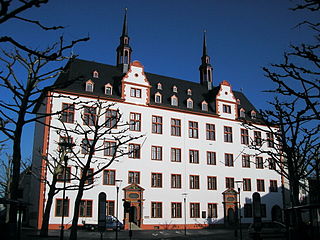
The Domus Universitatis, the building of the Old University in Mainz, was built from 1615 to 1618 in the Renaissance style. The building served the theological and philosophical faculty of the University of Mainz as well as a Jesuit Latin school.
39. Marktbrunnen
The Marktbrunnen in Mainz is a renaissance fountain located at the ″Markt″ of Mainz. It was donated by elector Albert of Mainz and crafted in the workshop of the Mainz sculptor Hans Backoffen. The Marktbrunnen represents one of the first architectural formed decorated fountains of the renaissance.
40. Sankt Peter
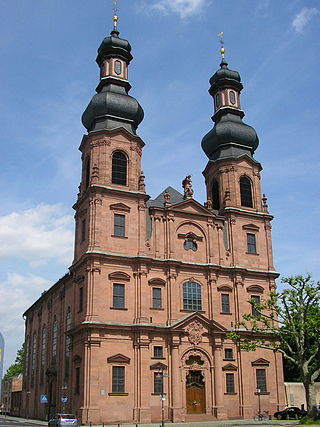
St. Peter's Church is located beneath Deutschhaus Mainz in the northwest of the historical center of Mainz, Germany. It is one of the most important rococo buildings in Mainz. Originally it was a collegiate church monastery of ″St. Peter before the walls″, which had existed since the 10th century and is dedicated to the apostle Peter as patron. Today it serves as a parish church for the parish of St. Peter / St. Emmeran.
41. St. Quintin
The Catholic church of St. Quintin is the parish church of the oldest proven parish in the city of Mainz. Today, St. Quintin together with the cathedral community of St. Martin forms the parish of St. Martin's Cathedral and St. Quintin. Thus the cathedral priest is therefore always the priest of St. Quintin as well.
42. Roman Theatre Archaeological Site
The Roman Theatre in Mainz, Rhineland Palatinate was excavated in the late 1990s. It is located immediately next to the Mainz Römisches Theater station and was once the largest Roman theatre north of the Alps, with a diameter of 116 metres, a stage-width of 42 metres, and a capacity of roughly ten thousand people.
43. Neuer Brunnen
The New Fountain in the Bleichenviertel of Mainz is a building from the late Baroque. It was built in the period from 1724 to 1726 by Johannes Weydt. The most striking feature of the fountain is the approximately 12-meter-high obelisk in the center, which is covered with bas-reliefs on various themes. At its base there are a total of four sculptures, each depicting two river gods and two lions. The oval basin and the obelisk are made of red sandstone.
44. Holzturm
The Wood Tower is a mediaeval tower in Mainz, Germany, with the Iron Tower and the Alexander Tower one of three remaining towers from the city walls. Its current Gothic appearance dates to the early 15th century. It is so named because wood used to be piled next to it on the bank of the Rhine.
45. Peter-Cornelius-Platz
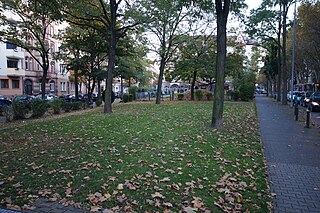
Peter-Cornelius-Platz is a square and street in Mainz-Neustadt that is important in terms of building culture and urban development. Both the square is a monument zone and the buildings containing and adjacent buildings are designated as cultural monuments.
46. Görzsiedlung
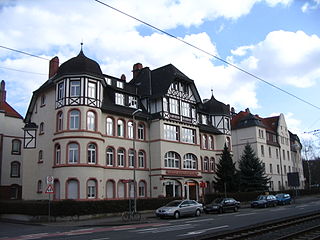
The Görzsiedlung is a housing estate built between 1903 and 1937 in Mainz, which goes back to a foundation of the merchant Adolf Görz (1857–1900). The entire complex has been a listed building since 1985.
47. 14-Nothelfer-Kapelle
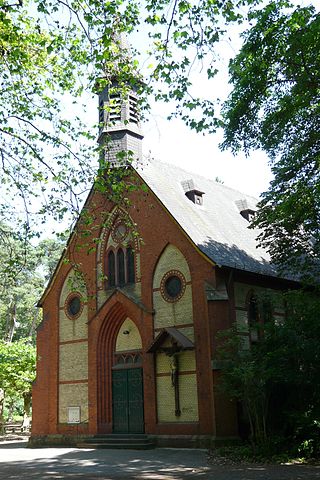
The Vierzehn-Nothelfer-Kapelle of Mainz-Gonsenheim is a chapel on the edge of the Lennebergwald between the Mainz district of Gonsenheim and Budenheim in the Mainz-Bingen district in Rhineland-Palatinate, Germany. It is dedicated to the holy fourteen helpers. The neo-Gothic style construction was completed in 1895.
Wikipedia: Vierzehn-Nothelfer-Kapelle (Mainz-Gonsenheim) (DE), Url
48. Augustinerkirche
The church of St. Augustin known in German as Augustinerkirche, was the minster of the Augustine friars in the city centre of Mainz. Today it is the seminary church of the Catholic theological seminary of the Roman Catholic Diocese of Mainz.
49. Museum für Antike Schifffahrt
The Museum of Ancient Seafaring was installed in Mainz in 1994 in the former central covered market near the South Station, nowadays Mainz Römisches Theater station, as a branch of the Romano-Germanic Central Museum (Mainz). The new archaeological center is built right beside the current museum building. A workshop is affiliated to the museum, where visitors have the opportunity to watch the staff replicate ancient ship models.
50. Saint Nicolas Church
The Church of Saint Nicholas is a Macedonian Orthodox church in the district of Hechtsheim in the Rhineland-Palatinate state capital Mainz. It is home to one of ten congregations of the Macedonian Orthodox Church in Germany. The church building is dedicated to Saint Nicholas of Myra, who is venerated in Orthodoxy.
Wikipedia: Kirche Heiliger Nikolaus (Mainz-Hechtsheim) (DE), Website
51. Wildpark Mainz-Gonsenheim
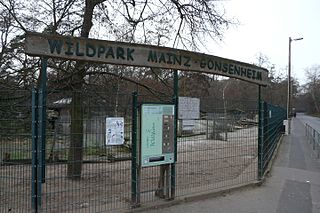
The Mainz-Gonsenheim Wildlife Park is a wildlife park in the Mainz district of Gonsenheim in the immediate vicinity of the Lennebergwald nature reserve. Although the park is only a good three hectares in size, it is of great importance to the city as a local recreation area. According to the city of Mainz, it is visited by several hundred thousand people a year.
52. Willigisplatz
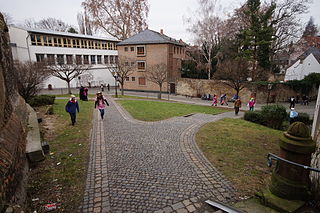
Willigisplatz is an important square in Mainz-Altstadt in terms of building culture and urban development. It was named after the former Archbishop of Mainz and Saint Willigis. The square is designated as a monument zone due to its social and urban history.
53. Eisenturm
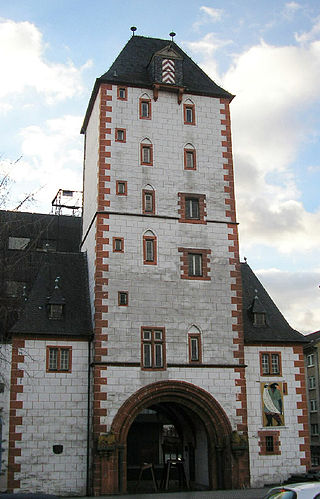
The Iron Tower is a mediaeval tower dating to the early 13th century, and modified in the 15th century, which with the Wood Tower and the Alexander Tower is one of three remaining towers from the city walls of Mainz, Germany. Its name derives from the Iron Market (Eisenmarkt), which was held in the immediate vicinity until the 19th century.
54. Dativius-Victor-Bogen
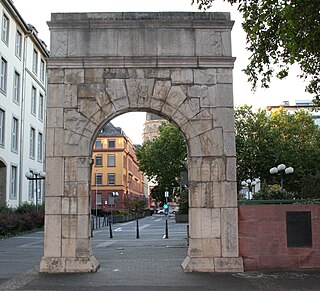
The Arch of Dativius Victor in Mainz is one of the most important reconstructed Roman monuments in Germany. The structure dates from the middle of the 3rd century and was once the central passageway of a portico of a public building in Mogontiacum.
55. Kapuzinerkirche
The Maria Mater Dolorosa chapel is a chapel in Mainz, Germany. The former Capuchin Church is now the motherhouse church of the Schoenstatt Sisters of Mary in the Bruder-Konrad-Stift in Weintorstraße.
56. Sankt Stephan
The Catholic local church of St. Stephen in Mainz-Gonsenheim was first mentioned in a document in 1401. During several new buildings and conversions, most recently in 1906, the church in neo-Gothic style was given its present imposing form with a length of over 62 metres in the nave and the two almost 60-metre-high church towers. Since it was thus the largest country church in Rhenish Hesse, St. Stephen's was soon referred to as "Rhenish Hesse Cathedral".
57. Telehaus
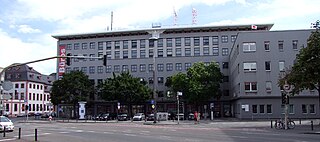
The former telegraph office in Mainz, popularly known as the Telehaus, was built between 1928 and 1930 on the south side of Münsterplatz at the junction of Schillerstraße as the result of a competition held in 1926, together with the tax office, with explicit consideration of the neighbouring baroque Erthaler Hof, at Münsterplatz 2–6.
Share
How likely are you to recommend us?
Disclaimer Please be aware of your surroundings and do not enter private property. We are not liable for any damages that occur during the tours.
